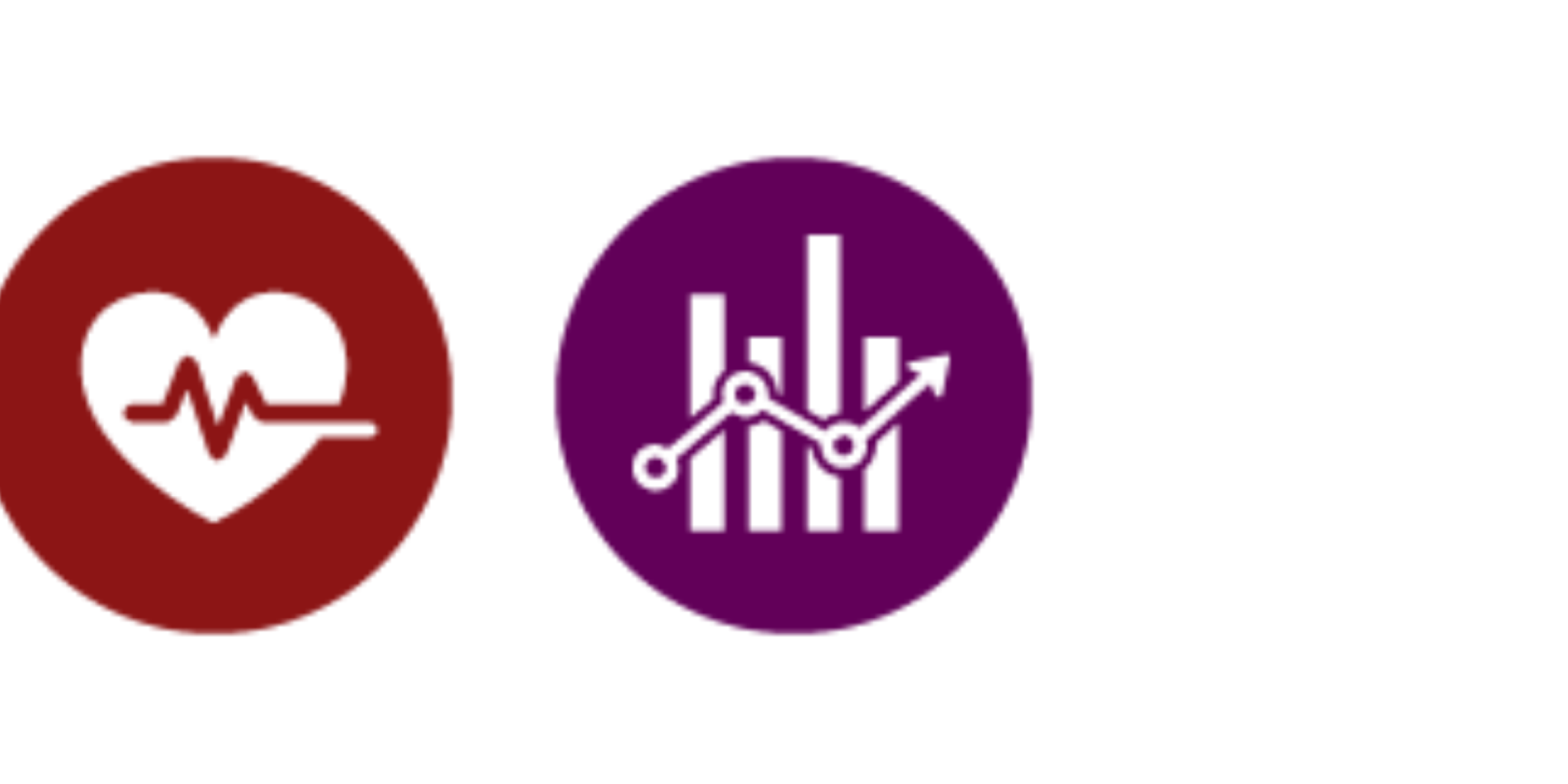Stanford undergraduates contribute to research on COVID-19, HIV, and infant health

When Sophia Nesamoney, ’23, was hired as part of the King Center on Global Development’s Academic Year Part-Time Research Assistant Program (AYRA), part of her role was to synthesize research about the gender-related impacts of COVID-19 on health and development in low- and middle-income countries.

But the work for Dr. Gary Darmstadt, a professor at the Stanford University School of Medicine and King Center faculty affiliate, went way beyond synthesis. Nesamoney’s research and writing has since been published in peer-reviewed academic journals, with more papers on the way. The human biology and creative writing student is first author or an author on all of them.
Keona Blanks, ’24, an Earth Systems major, had a similar experience. Darmstadt hired her through the King Center’s AYRA program to conduct a literature review on topical emollient therapy for infants—the application of oils or other products to the skin to prevent postnatal infections and atopic diseases such as eczema and asthma. Blanks conducted the literature review, but she also ended up adding to the literature, including a forthcoming piece that explores the potential public health applications of a quantitative decision-making process used by a major pharmaceutical company. She is also published in Gates Open Research as the first author of a protocol for a scoping review she is leading on neonatal emollient therapy and massage practices throughout sub-Saharan Africa.

“Getting exposed to what it looks like to contribute to the literature—not just synthesizing and researching—was something I really benefitted from,” Blanks says. “It’s meant the world to me.”
The King Center’s AYRA program was launched in 2019 and expanded significantly in response to the pandemic to allow undergraduate students and faculty to work together on research remotely. It complements the King Center’s Summer Undergraduate Full-Time Research Assistant Program, which normally offers fieldwork opportunities to undergraduates (during the pandemic, that program has transitioned to full-time, remote assistantships). Both programs offer students a chance to play a hands-on role in cutting-edge research early in their academic careers, and to be paid for their time and efforts.
Darmstadt says the AYRA program is “fantastic.”
“It provides an opportunity for faculty members to really invest in a student’s learning,” he says. “I can take my experience and impart that to a young person who is going to be [part of] the next generation of leaders in our field.”
Nesamoney and Blanks worked separately for Darmstadt, who serves as faculty director of Stanford Medicine’s Global Center for Gender Equality and whose research focuses on maternal and child health and neonatal and developmental medicine.

One of Nesamoney’s first assignments, with Darmstadt and Dr. Paul H. Wise, a professor at the Stanford School of Medicine and a King Center faculty affiliate, was to examine the impacts of COVID-19 on young girls in regions of conflict, linked to a series on women’s and children’s health in conflict settings published by The Lancet. The three also published an expanded Viewpoint stemming from that research in the Journal of Global Health. Their findings, based on media reports and past research on other infectious disease outbreaks in conflict settings, are that the pandemic has undermined efforts to advance gender equality and global health security. They cite reports showing that quarantines, lockdowns, and school closures heighten the vulnerability of women and girls to violence, exploitation, and sexual assault (the pandemic also made women and children more vulnerable to domestic violence and other abuse in non-conflict settings, as has been widely reported).
Because there is not a lot of data on the impacts of COVID-19 or other infectious diseases on women and girls in conflict settings, the papers are a “call to action,” Darmstadt says.
“We’re hoping that organizations in a position to influence what data is collected will take this into account,” he says. “We’re trying to call attention to the fact that essential services are essential, and they need to be maintained.”
Nesamoney also researched and helped write a forthcoming paper on the “taboo gap” and its implications for adolescent HIV infection in Zambia, conducting a literature review of studies about HIV interventions in the country over the past three decades and integrating what she learned with existing survey data. The taboo gap is a phenomenon in which cultural and social norms discouraging discussions about sex—including those imposed on developing countries by foreign aid organizations that promote abstinence-only assistance—lead people to hide their sexual behaviors, which in turn leads to higher risk and rates of HIV, especially among adolescent girls.
“When things happen in secret, it pushes that behavior into the dark where it’s harder to understand what’s happening, harder to establish safe practices, and harder to reach people who need help,” Nesamoney says.
While much of Nesamoney’s research with Darmstadt focuses on norms and the social determinants of health, Blanks has engaged more on clinical research processes and best practices. In addition to researching the literature on emollient therapies, she is—along with a graduate student researcher in Uganda—reviewing skin care practices for infants in sub-Saharan Africa. She also co-wrote a forthcoming paper on a quantitative decision-making process used by GlaxoSmithKline to decide whether to invest in clinical trials. Using the proposed emollient therapy research by Darmstadt as an example, Blanks worked with Darmstadt and a team from GlaxoSmithKline in the UK, the Universities of Oxford (UK) and Nairobi (Kenya), the KEMRI-Wellcome Trust Research Programme in Nairobi, and the nonprofit Save the Children (UK and Kenya) to demonstrate how the process could be adopted for global health purposes. She intends to present the abstract to the annual Stanford Global Health Research Convening in January 2022.
Blanks says the work was “a window into an emerging field of decision making and forecasting,” which she had been exploring on her own and through her membership in the Stanford Effective Altruism group.
“The paper shows how different tools from the private sector can be applied on a broader level and have a large impact,” she says. “It’s like a cog you can put in a machine to make it function better.”
Nesamoney and Blanks both praised Darmstadt for his mentorship and thoughtful approach to their work and professional and personal development.
“Professor Darmstadt is a quintessential example of someone who is extremely successful but wants to share that success through mentorship,” Blanks says. “He is always willing to go out of his way to meet with me, to talk about his career.”
Nesamoney, who had followed Darmstadt’s work even before she enrolled at Stanford because of her own interest in maternal and newborn health, agrees.
“It’s been amazing,” she says. “He really cares about helping me learn. We always have great conversations.”
Darmstadt was equally effusive about his research assistants.
“One thing I try to do with students is to always keep them working a little bit above what they think they’re capable of,” he says. “In both Keona and Sophia’s case, that line really grew over the last year. You could see their capabilities expanding, see them enjoying and learning the process and really taking advantage of the opportunity.”
The King Center’s AYRA program made all that possible, Nesamoney and Blanks say.
“I feel really thankful that Dr. Darmstadt and the King Center believed in me,” Nesamoney says.
Blanks says she’s recommended the program to other students as well.
“I didn’t have any experience in neonatal emollient therapy, let alone medicine or biology,” Blanks says. “[The King Center] is one of those places where prior experience is truly not necessary, and it shows how much I was able to learn starting from scratch. I feel so fortunate that the King Center is open to students who are at that stage.”
Please note that prior to January 2024, the King Center’s Undergraduate Research Fellow Program was known as the Undergraduate Research Assistant Program.

